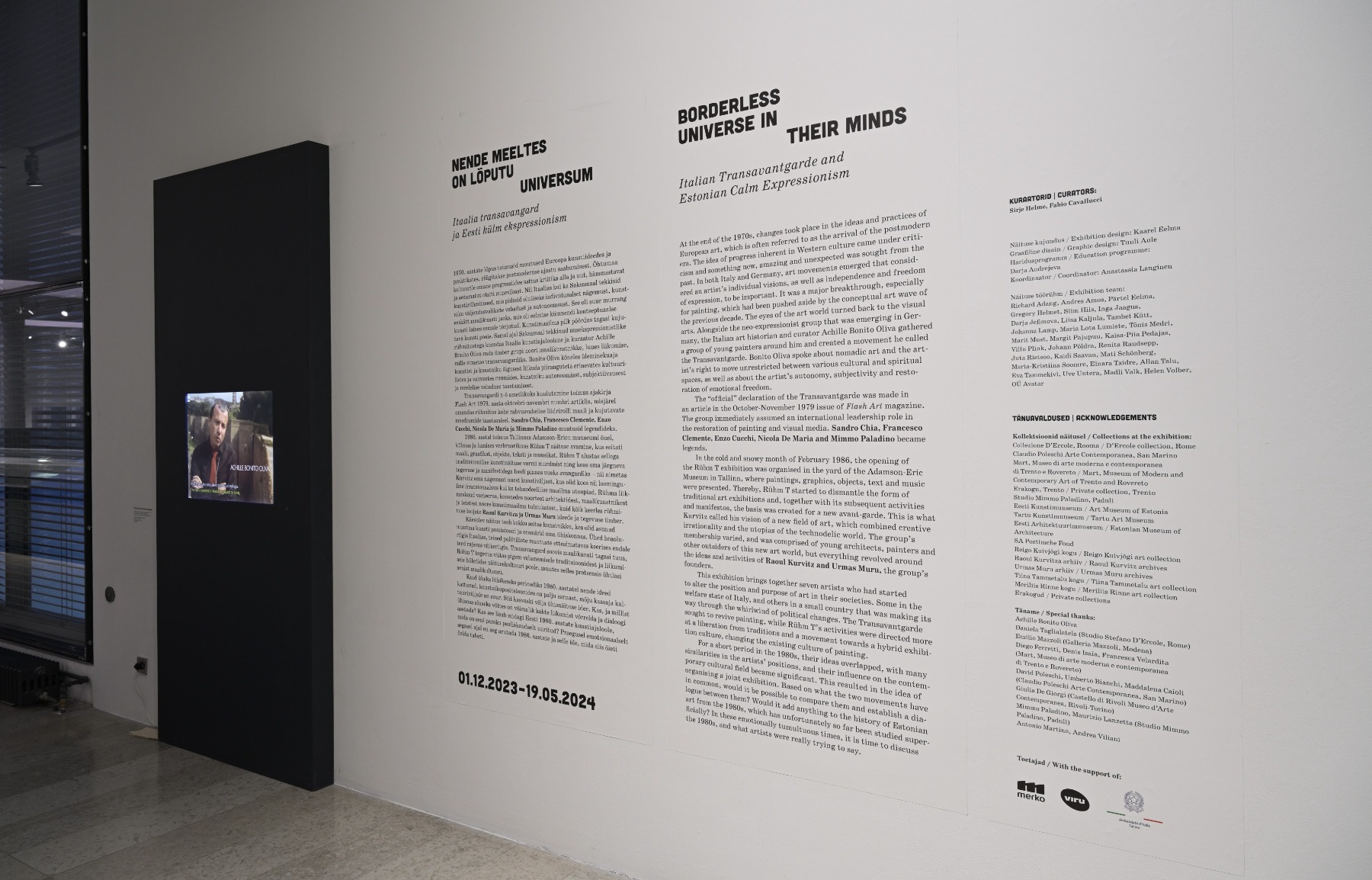
Turning around Progress, Tuning in to the Poetical
Hanno Soans
An interview with curator Fabio Cavallucci
The exhibition “Borderless Universe in Their Minds: Italian Transavantgarde and Estonian Calm Expressionism” can be seen in the Great Hall of the Kumu Art Museum through May 19. This ambitious international project is focused on the creative dialogue between works by Italian and Estonian artists in the second half of the 1980s. The exhibition presents the Estonian audience with a representative survey of works from private Italian collections and museums that were created by the Transavantgarde group, which was formed in Italy in the late 1970s. The works are displayed side by side with works by Raoul Kurvitz (1961) and Urmas Muru (1961), who renewed the Estonian art scene in the second half of the 1980s. The exhibition is curated by curator Fabio Cavallucci and art historian and Head of the Art Museum of Estonia, Sirje Helme. Curator and art critic Hanno Soans spoke to one of the curators – Fabio Cavallucci – about the exhibition at Kumu, and the historic role of the Transavantgarde movement.
“Borderless Universe in Their Minds: Italian Transavantgarde and Estonian Calm Expressionism”. Exhibition view at the KUMU Art Museum. Photos: Stanislav Stepaško
Hanno Soans: I guess every curator knows that it takes at least a few decisive meetings to result in an exhibition like “Borderless Universe in Their Minds”. Could you start by describing the backstory of how the exhibition came about?
Fabio Cavallucci: It was long ago. The idea came from Sirje Helme, who started the discussion about a possible exhibition five or six years ago – probably in Venice because sometimes we meet at the Biennale. I said – why not, let’s do it. I came here in 2018. That was my first time in Tallinn, and we started to talk about the exhibition more concretely. Back then it was all about how to set it up in the museum. There are always a lot of possible combinations in a museum, so we started to really work on the exhibition about two years ago.

The Transavantgarde was a very famous group in Italy and internationally, but I must admit that I had never heard about Group T – about Kurvitz and Muru… At the time when the Transavantgarde movement was born, Estonia even didn’t exist for us, so I was interested in finding out more. I remember when I was here in 2018 – I saw the works of Kurvitz in some collections and said – why not? The Transavantgarde is a little bit of a paradox because it is a very precise group made up of five people: Enzo Cucchi, Francesco Clemente, Sandro Chia, Nicola de Maria, and Mimmo Paladino. It was only five people, but at the same time, the creator of the movement, Achille Bonito Oliva, saw it as an example of what was happening all around the world at that moment. In fact, a kind of Transavantgarde/Neo-expressionism was taking place at the same time in Germany, France, Great Britain...everywhere in the West. There was a book that came out in 1982 called International Transavantgarde – it didn’t even mention the Soviet Union, much less Estonia, because for us, the culture and art of the Soviet Union was an unknown; we didn’t take it into account. So it was interesting for me to find out what was going on here at that time...or perhaps a bit later but within the same zeitgeist.
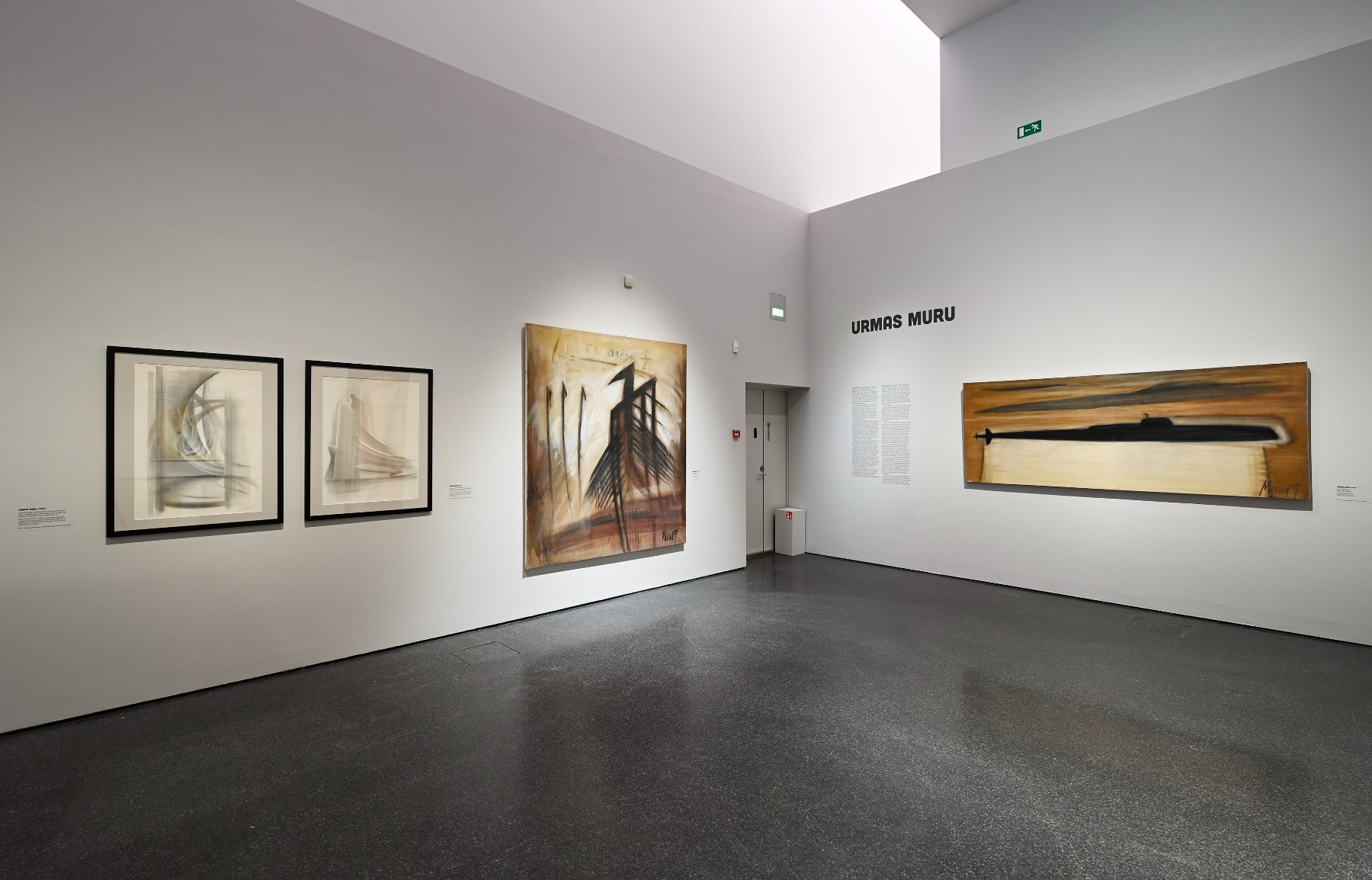
Let’s say I’m a young art aficionado who has not even heard of the term “the Transavantgarde”. How would you explain the ideas of the Transavantgarde in relation to the avant-garde, the neo-avant-garde, and maybe even postmodernism, which is an umbrella notion for these times?
That’s an important question. It is the core of the project from our perspective. In Italy, or in the Western countries, we had the avant-garde at the beginning of the century – much like it was probably here and also in Russia. But the avant-garde in the Western countries went on and generally grew until the seventies. If, in fact, we’re speaking about the neo-avant-garde in the sixties and seventies, in Italy we had arte povera. The term was introduced in 1967 by Germano Celant. And we had conceptual art, which was a continuation of the avant-garde. Everything was about language, innovation and progress. It was also about ideologies, as all those artists were leftists and always thinking about society, about community. Of course, as it happens at times in the history of humankind, it became a kind of repetitive tool, a repetitive language. ‘Conceptual’ meant words, photos, black and white, etc. Everything was grey, everything was, you know, very straight… There was no painting at all, no colour at all. And people started to get bored. There’s this Italian movie made in 1978 by the comedian Alberto Sordi – a couple, a slightly overweight wife and her husband, go to see the Venice Biennale in 1978. The film was made in the context of the real Venice Biennial, so you see in the film the actual works that were exhibited in the Biennale that year. The joke is that this couple doesn’t understand anything. They see, for example, the Israeli artist Kadishman with sheep. He had a flock of sheep there – real sheep.
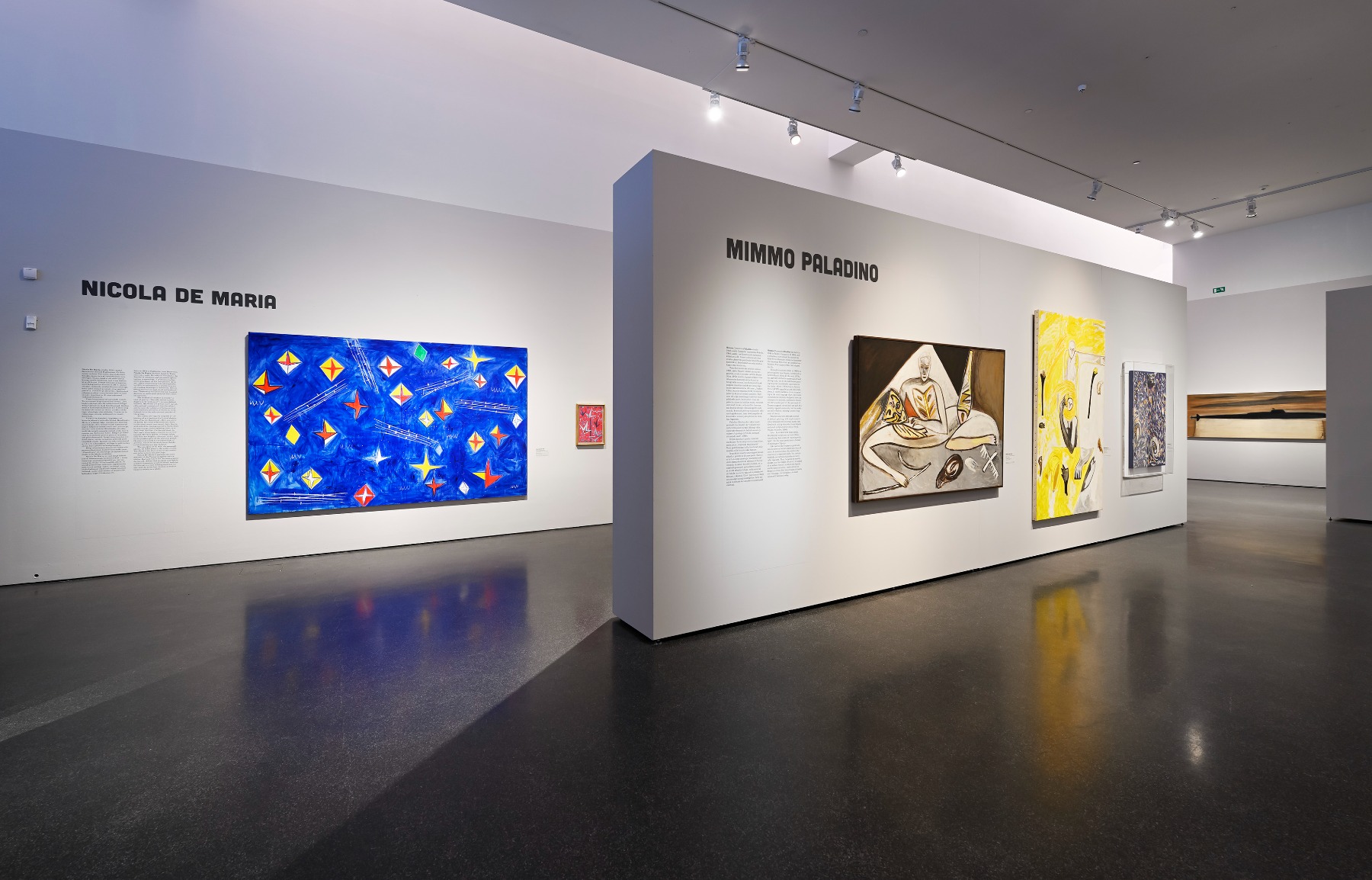
A bit like Jannis Kounellis’ Cavalli/Horses?
Yes, but Cavalli happened a bit earlier, in 1969. Of course, for our couple, the sheep are sheep – not a metaphor, not an artwork. Another scene is of a work that consists of a small tree with a chair, but then the tired wife unknowingly sits down in the chair, thereby intervening in the artwork. A collector comes along, says that it’s a wonderful work and that he wants to buy it...together with the woman. The joke was how real people, common people, saw and thought about the artworks of the time. This art language that was initially used to come closer to the people, really didn’t speak to the people at all. This was the problem. At the same time, the art world also began to feel that this was too much – it was too repetitive.
Up to that point, art had always been about progress. But then, some artists began thinking about using fragments of the past. The great decision made by Achille Bonito Oliva was to select five artists who would define this new trend from a conceptual point of view. We aren’t obliged to just look to the future – let’s receive creative impulses from the roots. Let an artist be an individual, not just a part in an abstract, ideal ideological community. Let’s go back to real art, real feeling, real colour. In answer to the last part of your question, it was also the beginning of postmodernism. There was the Transavantgarde against the avant-garde… Actually, not against the avant-garde, but traversing it. The idea was that we don’t have to think in opposites, we can go through. We can go back and forth in time. And this is postmodernism. We are nomadic; we can choose what we like, as we are in a society that is so rich in images. We have so many images that we don’t have to create new ones. We just take fragments and we mix them and we use what we like. Postmodern architecture was introduced more or less at the same time – Charles Jencks defined postmodern architecture in 1977.
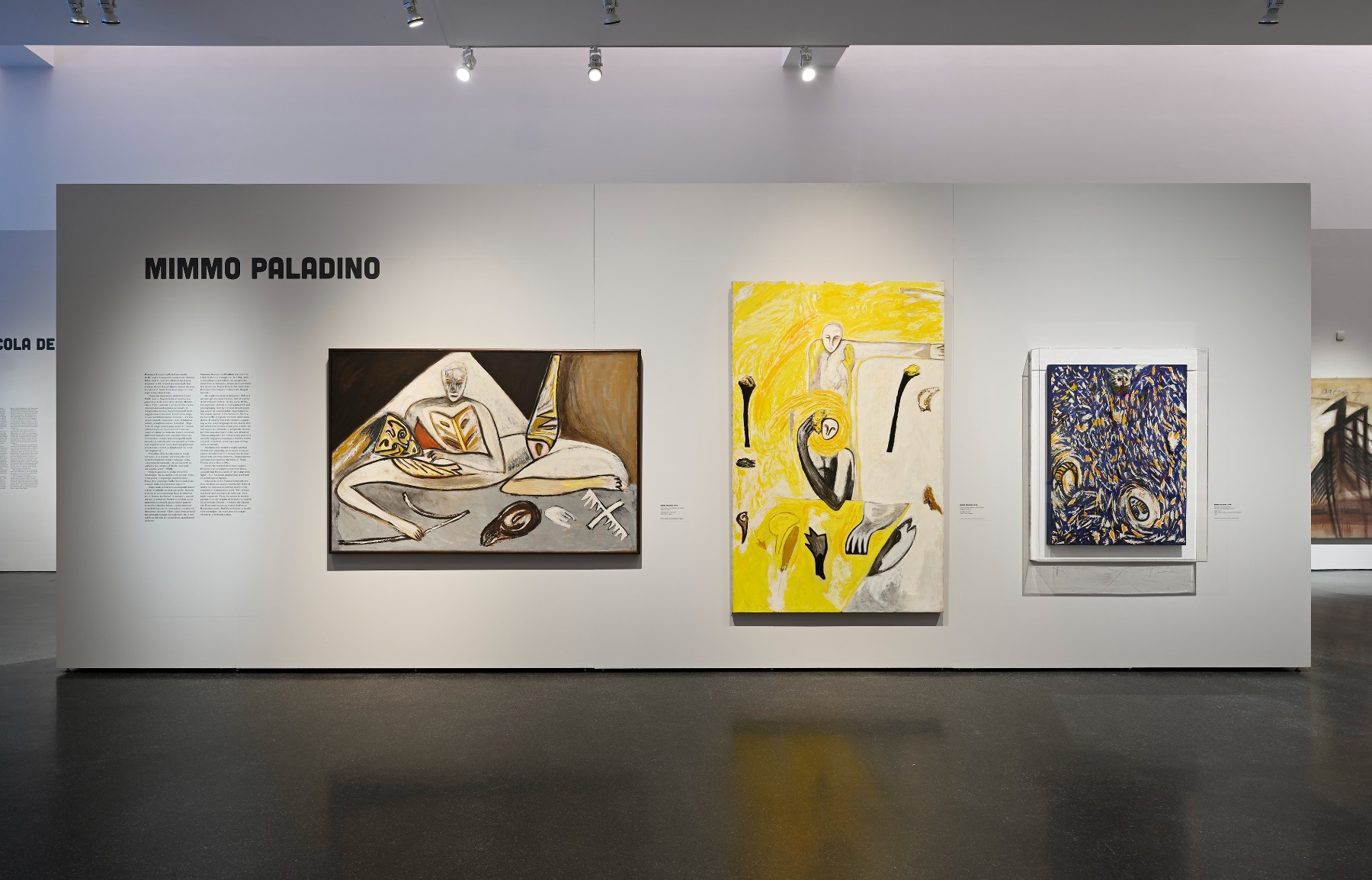
A modernist like Brancusi would have said there hasn’t been any art yet – art is just beginning. A Transavantgarde artist cannot say that, but there is a certain breath of fresh air there…
Yes, because it was a revolution. Even just checking the past was a real revolution at the time.
Where did the beautiful title of the show come from?
It was a long discussion. As we had to put together the Estonian and Italian artists, we discussed it a lot. We went through twenty different titles. In the end, Sirje decided on this one. I don’t think it defines all the aspects of the show, but at least it defines one central aspect – the idea of freedom of creation, which was crucial for both the Italian and Estonian artists.

I think it also has a beautiful, poetically rich texture that suits these artists.
It comes from the idea that the whole Universe is available in your mind. Every artist can mine it. It also connects with some artists particularly. For example, Nicola de Maria, who speaks of the hand of the poet realising himself through painting.

For Estonian artists, there were only a few instances of contact with the outside world, such as the Finnish catalogue for the ARS 83 exhibition, which was brought from Finland by Vilen Künnapu, an architect colleague and mentor of Raoul Kurvitz. Another instance of Western material that came in was a New York Times Magazine with an article on the new European painters. And I remember Kurvitz saying that it was not only the work of the Transavantgarde artists which was an eye-opener for him but also the attitude. It was no longer bohemian but rather a yuppie attitude. Clemente wore a suit and a tie and was performing in a totally different manner compared to the earlier bohemian cliché of an artist.
What about the media tactics at that time regarding presenting the Transavantgarde? Like posing and playing a game – I think both groups did that…
Achille Bonito Oliva understood that the media system was going to change, that the media’s importance was going to grow, so he started to play with the media. I was young then, but I still remember very vividly when he decided to show himself naked on the cover of Frigidaire magazine. It was a zine for young people with some cartoons, some articles – a very trendy publication. That opened the door to art, especially to the Transavantgarde movement – much more than serious articles in catalogues. He also went on television and did strange interviews. I remember a little later he was in bed and being interviewed by a woman who was on the cover of Playboy magazine. All these tactics…

Performative media…
Yes, performative media. And he was indeed a kind of performative figure, a performative art critic. He really opened the art world to the media. Most of the artists of the Transavantgarde movement were somewhat shy, they didn’t speak much. Yet Francesco Clemente engaged in a lot of public activities in New York. He was a friend of Warhol. He was painting together with Warhol and Basquiat, and he also posed with a lot of the Warhol people. He became part of the pop environment. Not all Transavantgarde artists participated in that, but surely the founder of the movement, Bonito Oliva, and some other artists took part in this new way of showing themselves. And this made young people interested.

The Transavantgarde phenomenon was extremely successful not only culturally but also in terms of the art market. That’s something that couldn’t have happened here in Estonia. What did that mean for the artists of the Transavantgarde?
There was both good and bad connected to that. I think they were the first artists in the world that suddenly – not in years, but in three months – became gods. Sandro Chia made an exhibition in New York, and through the sales of the exhibition, bought a building in New York. He made another exhibition in New York and bought a castle in Tuscany. I mean, those were the proportions of the sudden success in terms of the art market. Over the last few months of 1979, everything grew really fast. They exhibited at the Guggenheim, in Stedelijk, at the most important museums and galleries, and were bought by the most important collectors. But success also set them up to a limit. If you think that you are a god, you stop thinking about quality, as everything you do is valuable. They did make many masterpieces, but they were young and made a lot of works that were not at the same level. But the need for the ideas of the Transavantgarde at that time still made them important. I think they should be rediscovered. Not that they are not known in Italy or even internationally, but there has not been an exhibition of them as a group lately. I think quite soon they will receive more attention. It is now very important to select their best works. Luckily, we had the opportunity to get works from a very important Italian collection, the D’Ercole Collection. We were able to scrupulously select from a pool of many works. This was a good thing.

However, not everyone thinks as highly of the Transavantgarde; for example, there is nothing on the Transavantgarde in Harrison & Wood’s anthology of 20th-century theoretical art texts. Do you agree that the subsequent reception of the Transavantgarde has been somewhat bumpy?
Yes; as I told you, they are currently not in the spotlight as a group. Even the creator of the phenomenon, Achille Bonito Oliva, barely considers the Transavantgarde as one of his biggest hits. It really is among the most important things he created, but not the only one. I think if we really go back and check the right works and take into consideration the situation of that time, they definitely are important. There is also a connection with what is going on nowadays. For the last six to seven years, painting has been everywhere. And on a more general level, there is a deep need for poetic language because we need to slow down our pace. Maybe this very exhibition will start something...you never know.

You have been the director of the Ujazdowski Castle Centre for Contemporary Art in Warsaw. That makes you an exception among Italian curators – there are not many who have worked in Eastern Europe. Do you think Eastern Europe is still a separate cultural category, or have we been unified in such a way that it doesn’t matter anymore?
I cannot say that I really know Eastern Europe. But if I speak about Poland, there is definitely a very high level of culture there – a very high level of art – but it is probably not more interesting specifically to Western countries. After the fall of the Berlin Wall, everybody was interested in what had been happening here. But people are not so much into Eastern Europe nowadays. And, of course, I am afraid that if there is going to be any change in this, it will be very slow; things are going to mostly stay the same. We live in very difficult times for art because we are in a time of huge changes – environmental changes, political changes... And art now finds it difficult to be coherent with the world. Sometimes even the artists themselves don’t know exactly what to do – how to relate to the changing world. Artists were much more powerful in Poland thirty years ago. They were very powerful in terms of communication. Now, celebrity chefs have more power than artists.

I think art institutions are at fault here. Institutions should put much more effort into bringing art closer to the people. I don’t see art institutions trying to help artists become more understandable. I mean, art is something that speaks about us, about the world. If you only speak about art as a financial tool, there’s a problem. If art institutions hold to the idea that art is a financial tool – that their selections are only made following economic directives, and they disregard the value of the content, people won’t understand that and they won’t be interested. I think we should try to make a change here.
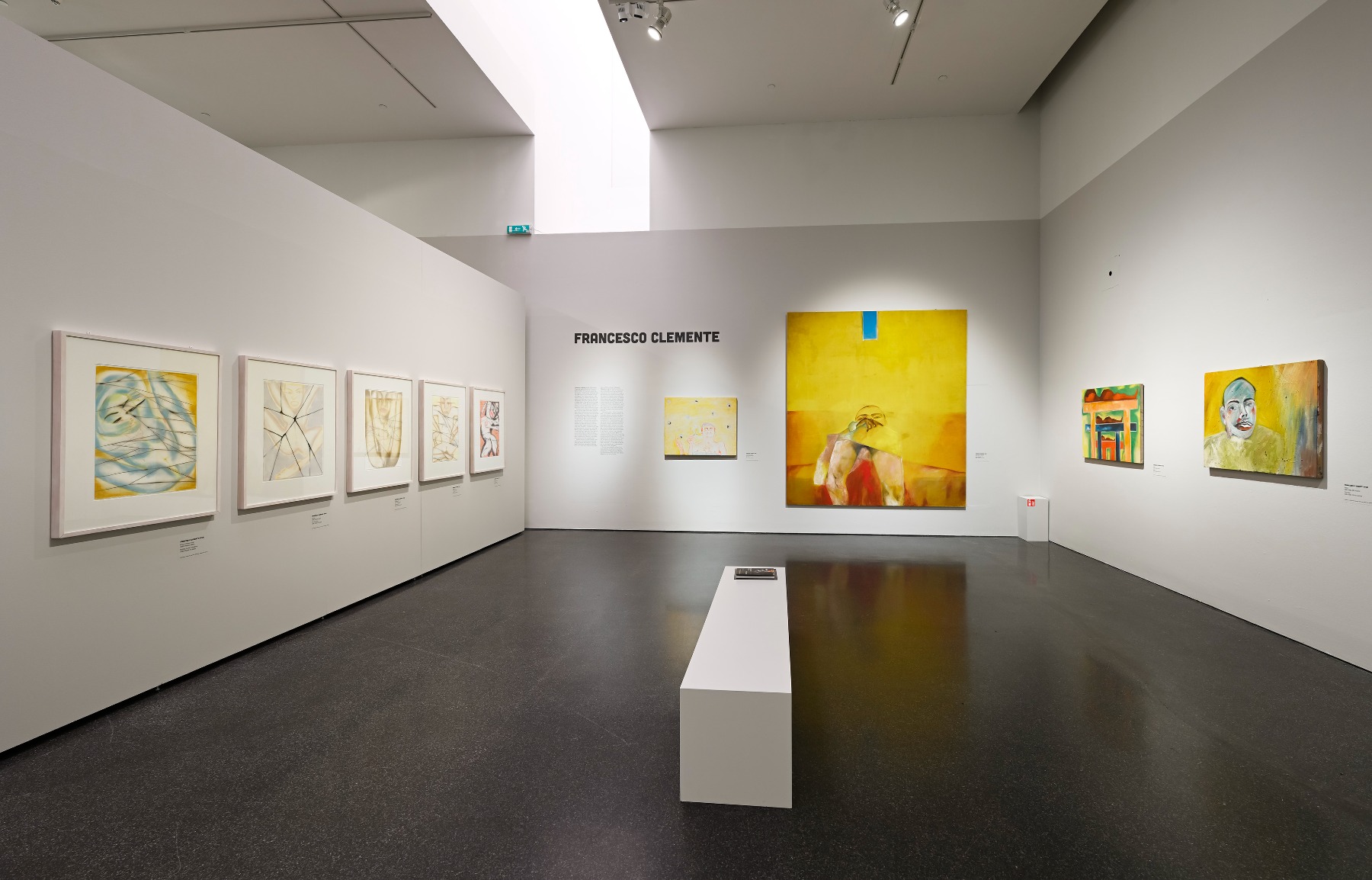
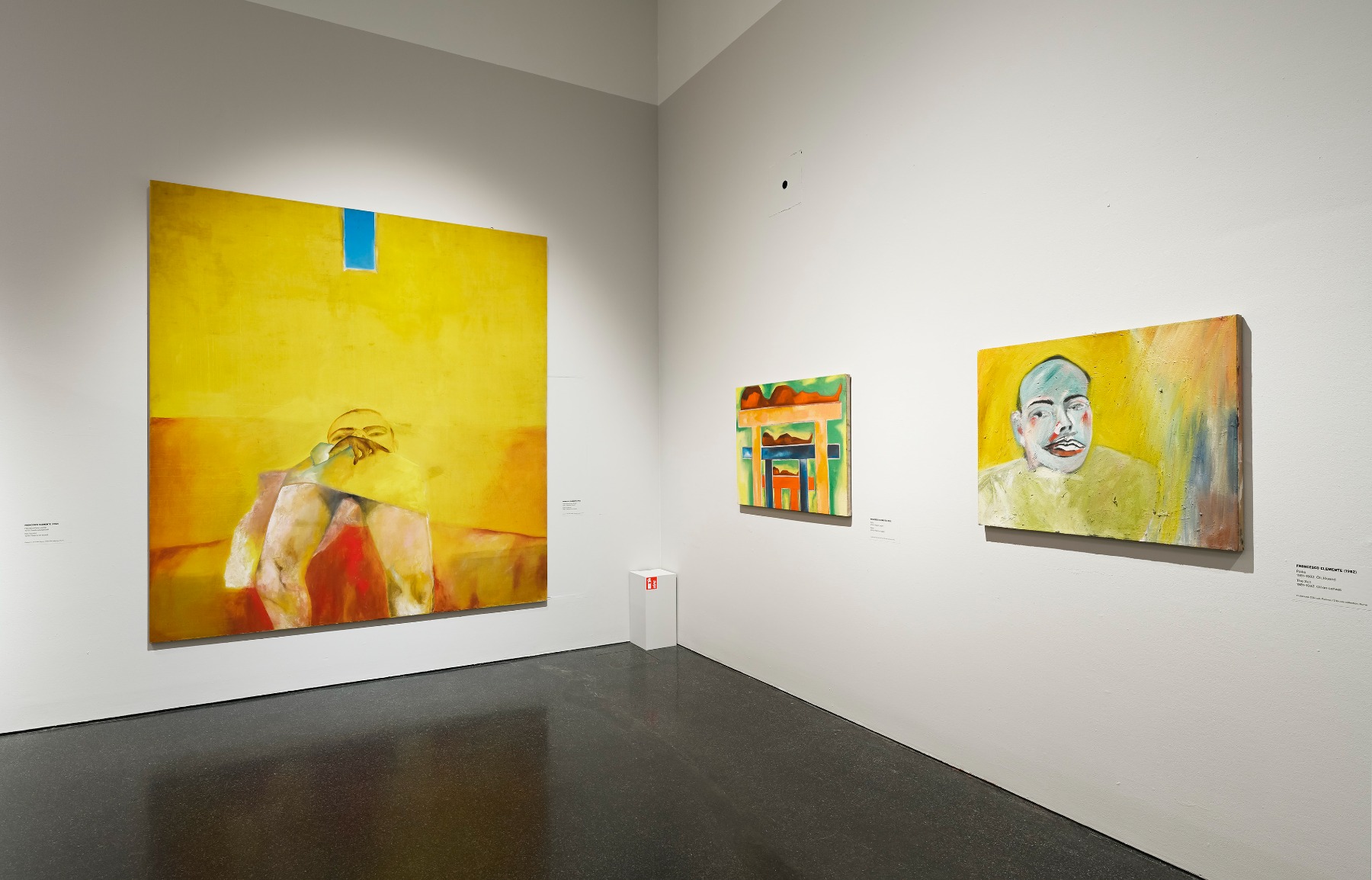
I read a book from the late 1980s in which Enzo Cucchi, Joseph Beuys, Anselm Kiefer and Jannis Kounellis discussed the state of art. They all claimed that they felt that the image of the age was in crisis. I think we still are in that crisis.
Yes, we still are in that crisis somehow. But at the time, they nevertheless found a solution for that – in terms of the name, that is. They didn’t want to stick to one style, but the name “Transavantgarde” united them. But nowadays we cannot even relate this fragmentation to movement names because the names of artists themselves are really fluid now...everything is possible – names, no names… Did you see the last Documenta? Ruangrupa invited only groups, activists, and political platforms. There were no artists to see, no names to remember. A total fragmentation. It is the sign of our times. Of course, regarding the art market, things are a little bit different since you need “brands” there. But it is such a narrow field – there are ten major collectors who are keeping the market afloat. Ten people, imagine that!

In his interview, Achille Bonito Oliva mentioned the notion of the traitor as a progressive figure. Could you comment on that?
This comes from the book he wrote in 1976 – The Ideology of the Traitor: Art, Manner and Mannerism. It was about the Mannerism movement of the 16th century. Bonito Oliva thought that the Mannerist artists were making the same things as the artists of the Renaissance. They were using the same perspective and the same method of painting, but they used perspective as in theatre – it was already a quotation, not reality. The true interpretation of reality was to create distance away from reality. These artists were using the same tools but for different reasons, and that made them “traitors”. And the artists of the Transavantgarde used the styles of the past – Expressionism and Futurism – and also the styles of some minor artists. But they were not using the styles for the reasons they were used in the past. They used these styles in a totally new way just to make their personal fantasies come true. The history was no longer seen and accepted as simply history, but as a free-for-all in terms of styles. For example, Chia sometimes used the same styles for different reasons and for expressing different images. The artists of the Transavantgarde were also traitors in the positive sense of the term.
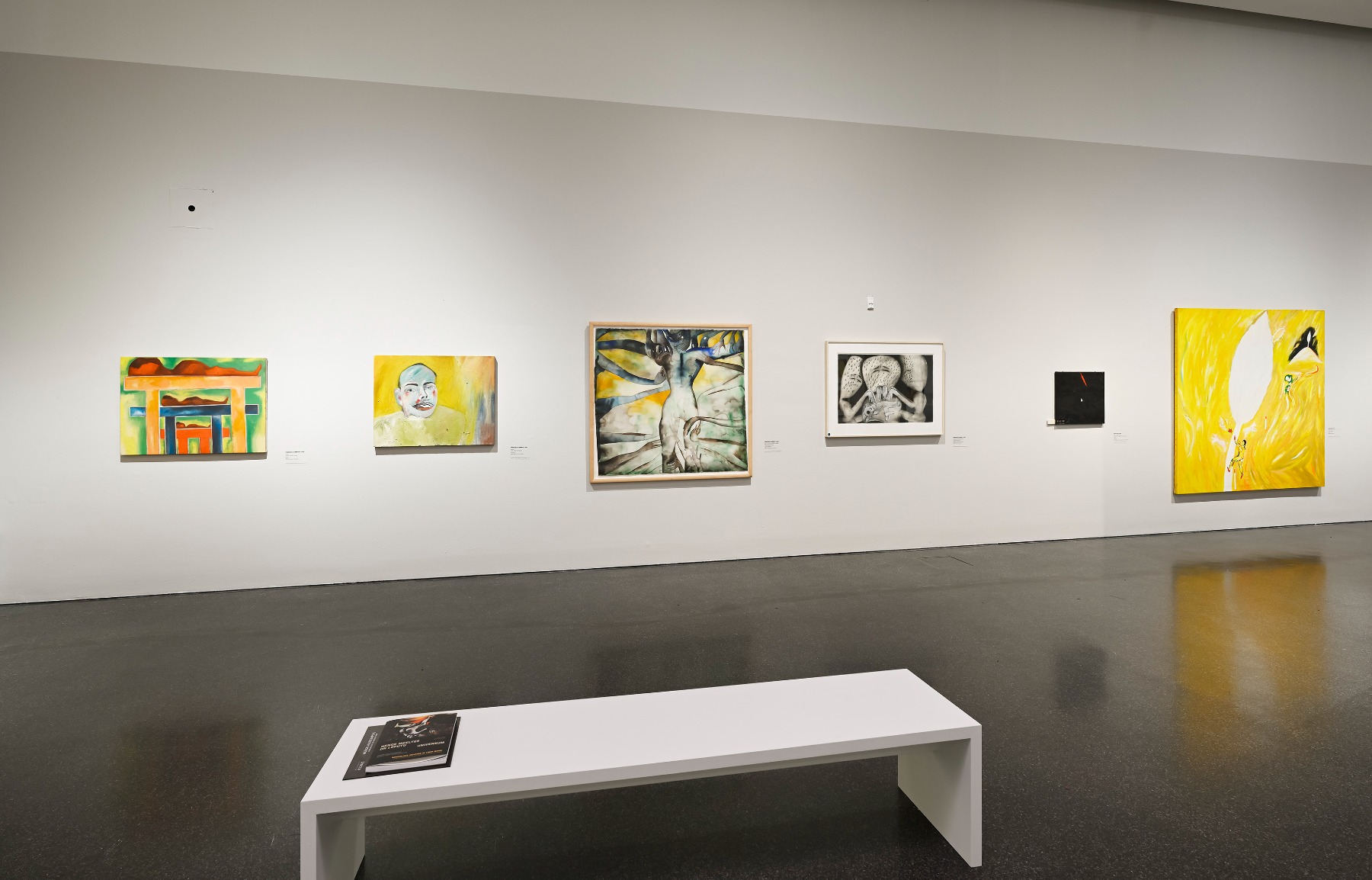
The period when the Transavantgarde was introduced was also a very interesting period in terms of how we understand history – this can be seen, for example, in Sandro Chia’s paintings, in which there suddenly is not just one timeline, but everything is fragmented, and we don’t live one historic narrative at a time any more…
Yes, as I said, art speaks about us and sometimes even anticipates what will happen. I think the Transavantgarde artists anticipated the internet system – one where you don’t have history, where everything is at the same level. You can take something from 1000 years ago and something from nowadays and combine different geographical spaces – everything is the same on the surface – on the level of the screen, and they were doing this decades before the birth of the internet. They understood that the world was going in this direction.
